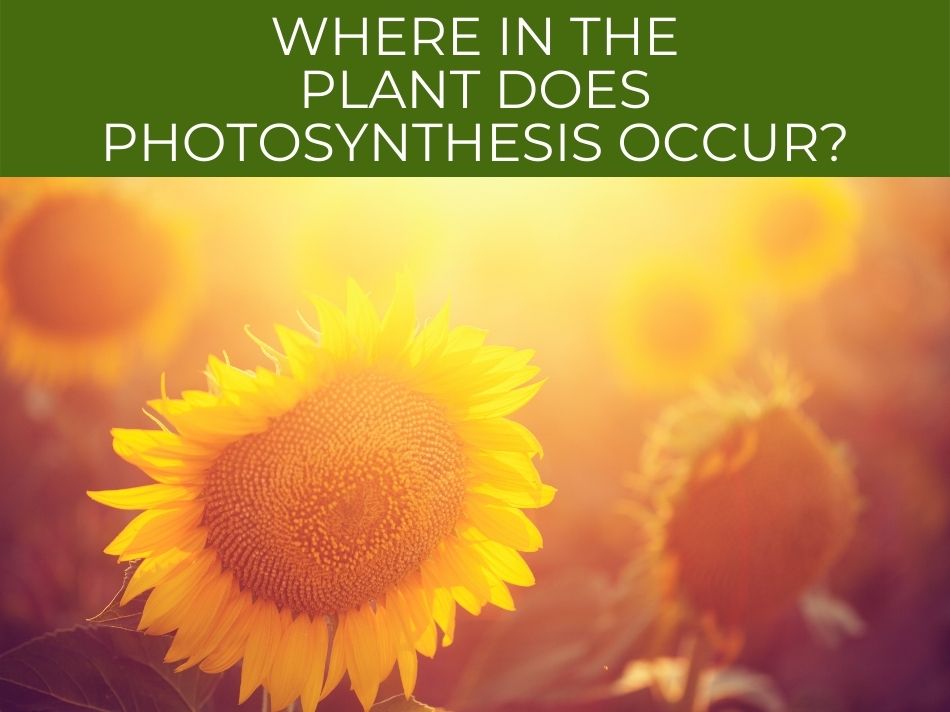Photosynthesis is the process whereby a plant produces its own food. This is a fascinating process and people ask, ‘Where in the plant does photosynthesis occur? There are parts of the plant that we can see, but it is the microscopic parts of plants that are important in the process.
Photosynthesis takes place in the leaves and other green parts of plants. Within the mesophyll, the inner tissue of the leaves, there are organelles called chloroplasts. These are the site where photosynthesis occurs.
In order to understand which part of the plant is the site of photosynthesis, you need to think about the inner makeup of plants, particularly individual cells. Converting energy to food, which is the process of photosynthesis, is a microscopic process.
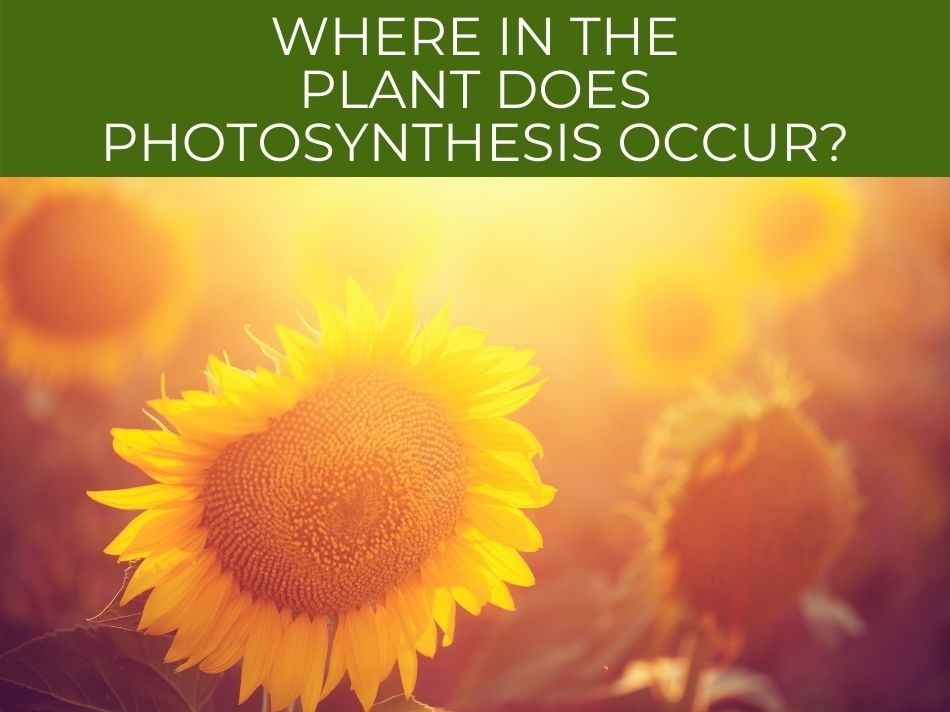
Where in the plant does photosynthesis occur?
Green parts of plants contain tiny organelles called chloroplasts, which contain a green pigment–chlorophyll–which is necessary for photosynthesis to occur. Chlorophyll captures the energy from sunlight, and the chloroplasts are the microscopic place in the plant where photosynthesis occurs.
In a plant leaf, there are microscopic organelles called chloroplasts.
They have a green color, which means that they absorb all the colors of light except green, which they reflect.
This is important because it is the green pigment in the chlorophyll that allows the sunlight to be captured.
Even if a leaf appears to be red or another color, it still contains chloroplasts, which are still green, because they absorb all the colors of light except green.
Check out our complete article on where photosynthesis takes place.
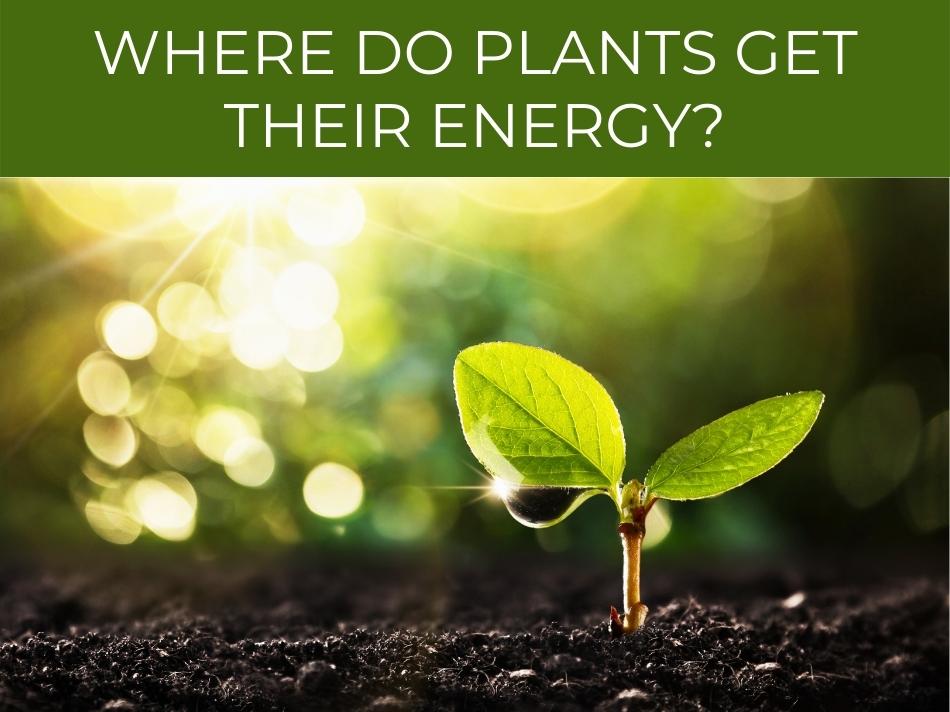
Where do plants get their energy?
Plants produce their own energy from a process called photosynthesis, which is essentially the chemical combination of water, sunlight, and carbon dioxide that produces the form of sugar used by cells to function.
Plants are quite unique among other living organisms because they can produce their own food.
This is achieved via a process called photosynthesis, which is the combination of water, sunlight, carbon dioxide, and oxygen to produce a specific form of sugar.
The sugar that is produced in plants is glucose.
Glucose is then converted into the biological energy that plants need to grow and reproduce.
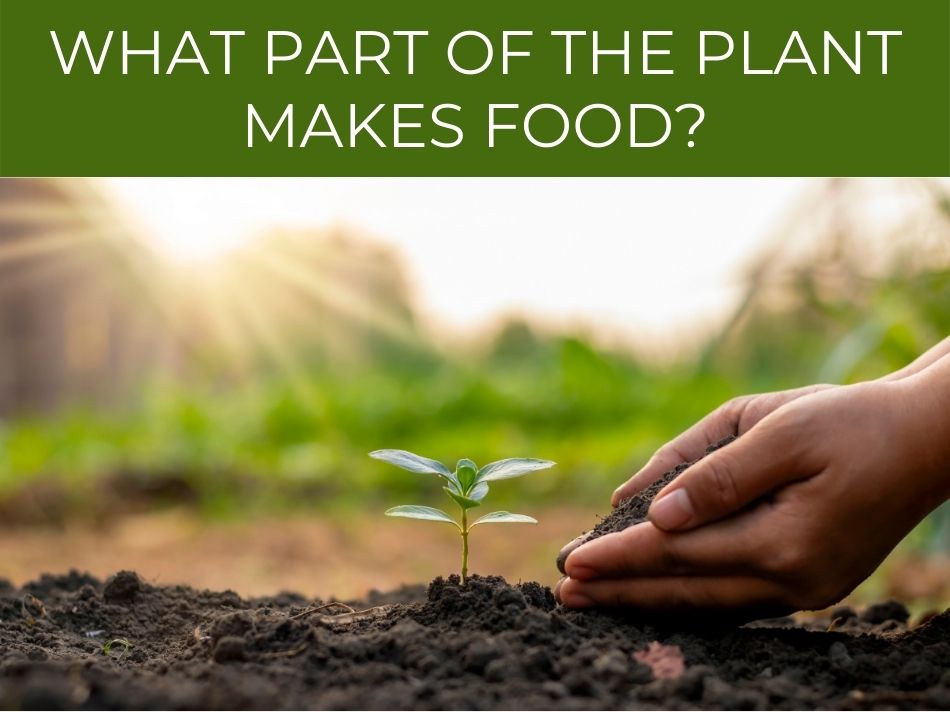
What part of the plant makes food?
It is essentially the leaves and other green parts of plants that produce the food it uses to grow and reproduce. The food is specifically produced in the cells, which is where photosynthesis occurs.
The production of food in a plant is called photosynthesis.
On a simple level, photosynthesis is the conversion of energy from sunlight, combined with oxygen and water to produce food for the plant.
Click here for an explanation of the details of photosynthesis.
There is a section of every leaf called the mesophyll, which is the inner tissue of the leaf.
Within each cell in this section, there are chloroplasts, which are the specific place where food is produced in the plant.
To be specific: the chloroplast itself does not make the food, it contains elements that do so and so facilitates the making of the food.
Find out if plants can grow with artificial light.
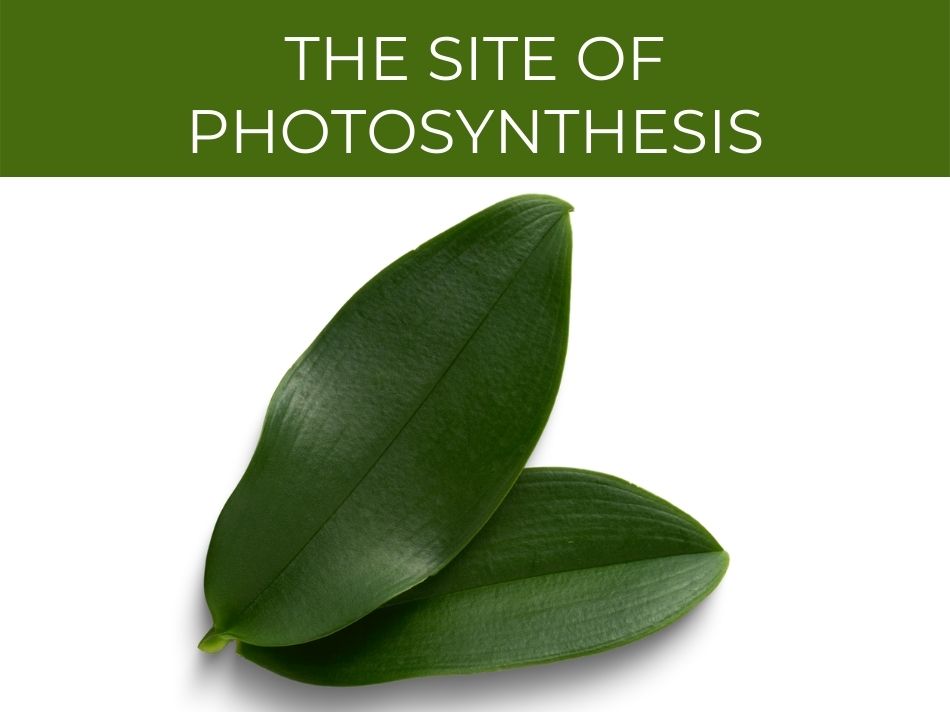
The site of photosynthesis
Photosynthesis takes place in the green part of plants, which is usually the leaves. The actual site of photosynthesis in a plant is the chloroplast, which is a tiny section of all plant cells, usually located in the mesophyll tissue of plants.
All plants contain a green pigment that is called chlorophyll.
A pigment is a molecule that is able to absorb certain wavelengths of light and to reflect others.
Because chlorophyll is green, it is absorbing all the colors of light except for green, which it reflects.
Even if a plant has leaves that are a color apart from green, which includes red, the leaves still contain chlorophyll.
If the chlorophyll could be seen, the leaves would appear to be green.
The other pigments in the leaves are stronger than the chlorophyll, so they hide it.
The other colors are different pigments and do not interfere with the chlorophyll and the role it plays in photosynthesis.
Apart from the leaves, any parts of a plant that are green, such as parts of the stem, can be the site of photosynthesis.
Within the cells that make up the leaves and stems of a plant are chloroplasts.
These are the specific, microscopic site of photosynthesis.
There are between twenty and a hundred chloroplasts in each cell. This means there must be millions of chloroplasts in each plant.
So, there are many tiny sites for photosynthesis to take place.
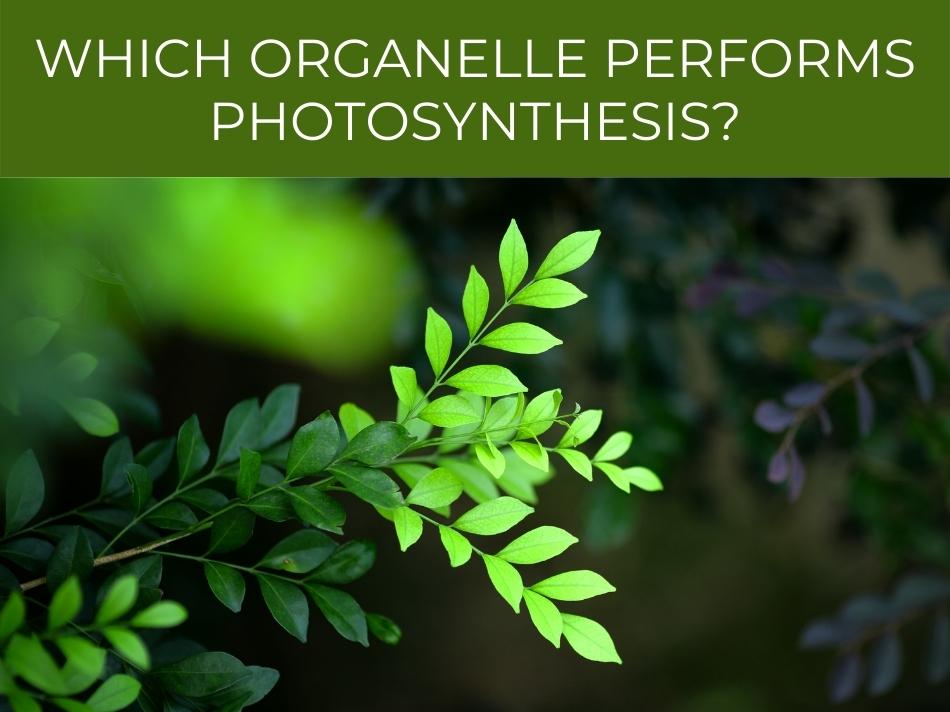
Which organelle performs photosynthesis?
Photosynthesis takes place within the chloroplast, which is an organelle that is found within each cell in a plant.
Photosynthesis is a process that occurs, rather than actually being performed by an organelle.
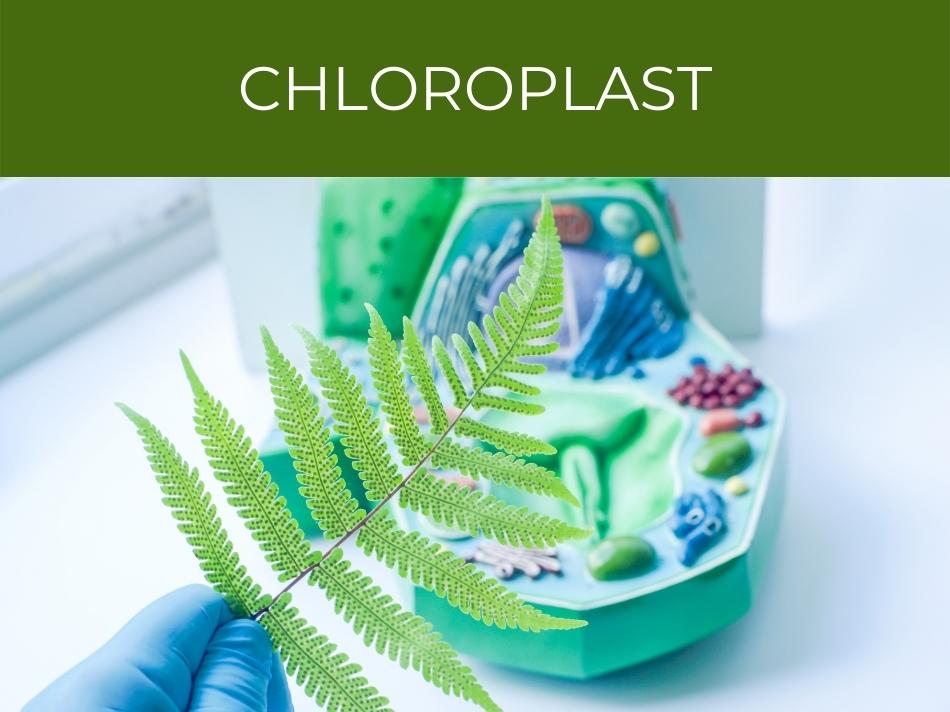
The chloroplast is the home of photosynthesis.
It contains chlorophyll, which absorbs light energy.
There are other pigments in the chloroplasts that help to trap the sunlight and pass it to the chlorophyll.
This means that it is within the organelle called the chloroplast that the pigments perform the steps needed for photosynthesis.
Find out if the color of light affects plant growth.
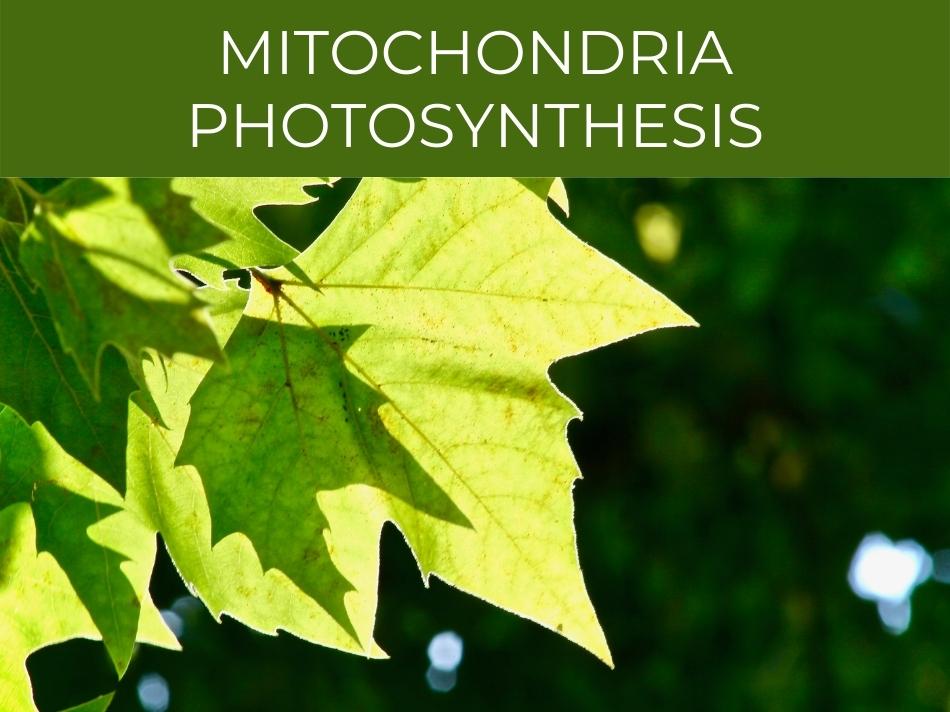
Mitochondria photosynthesis
Mitochondria are small organelles found in the cells of plants and are described as being the ‘powerhouse’ of a cell. They play a vital role in respiration and help the plant capture energy.
Respiration is the process when a plant takes in oxygen, which is broken down in the cells so that energy is produced.
The mitochondria are an important organelle in this process. They help to break down molecules and create carbon dioxide, which is a form of energy that the plant needs to function.
The mitochondria help in the process to capture light energy, which is part of photosynthesis, the process that plants go through to create the correct energy they need.
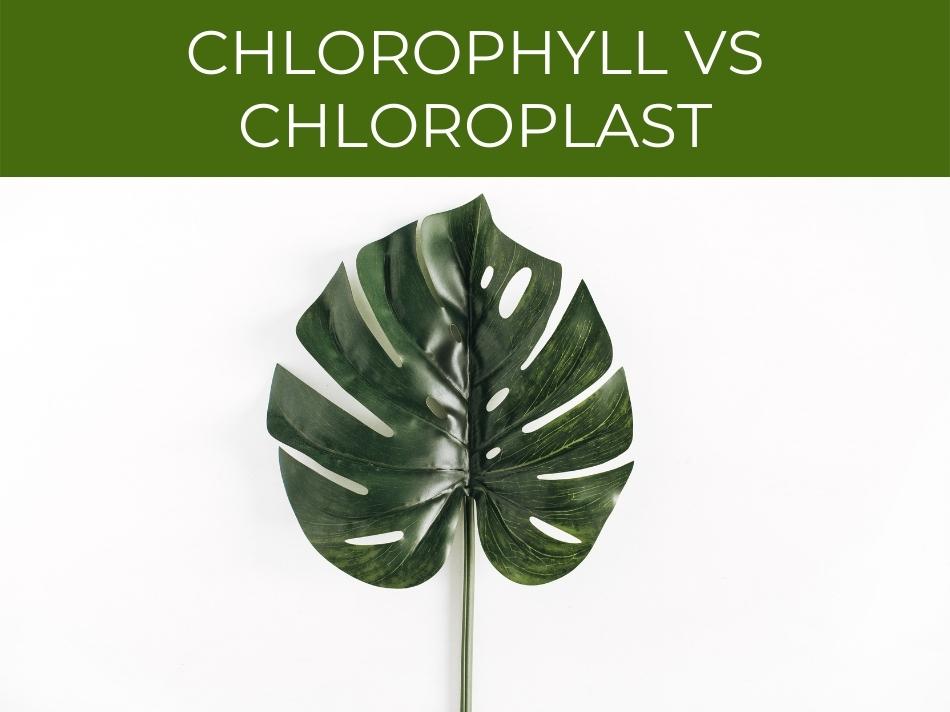
Chlorophyll vs chloroplast
Chlorophyll is a pigment or color, while a chloroplast is an organelle that contains the chlorophyll. The chlorophyll gives the chloroplast its green color.
A pigment is a molecule in any cell that allows certain wavelengths of light to pass through and reflects one of the colors.
Chlorophyll absorbs all colors of light except for green, which is why it is a green pigment.
Within all plant cells, there are tiny elements called organelles that make up the cell. One type of these is called a chloroplast, which contains chlorophyll.
This means that, microscopically, chloroplasts are bigger than chlorophyll and the chloroplasts are the home of the chlorophyll.
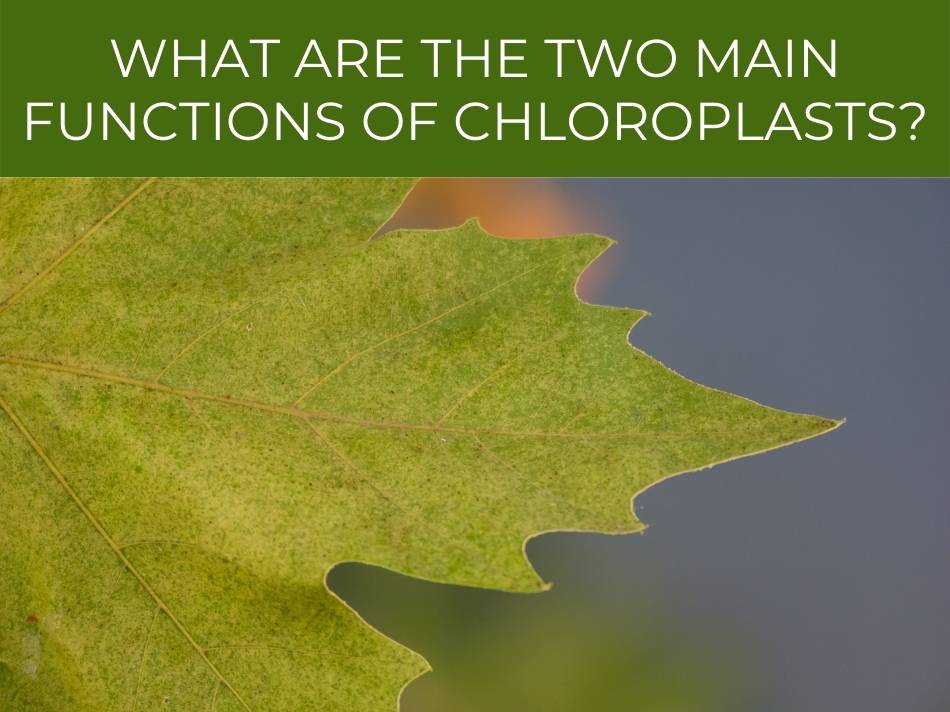
What are the two main functions of chloroplasts?
A chlorophyll has two main functions: to capture the energy from light and convert it into glucose; and to convert glucose into ATP, which is a form of energy.
The most important function of chlorophyll is to absorb energy from the sunlight, which is made possible by the green pigment called chlorophyll.
The light is converted into glucose, which is a form of sugar.
Chloroplasts also play the role of transforming glucose to energy stored in ATP, which becomes the biological energy that cells need to grow and reproduce.
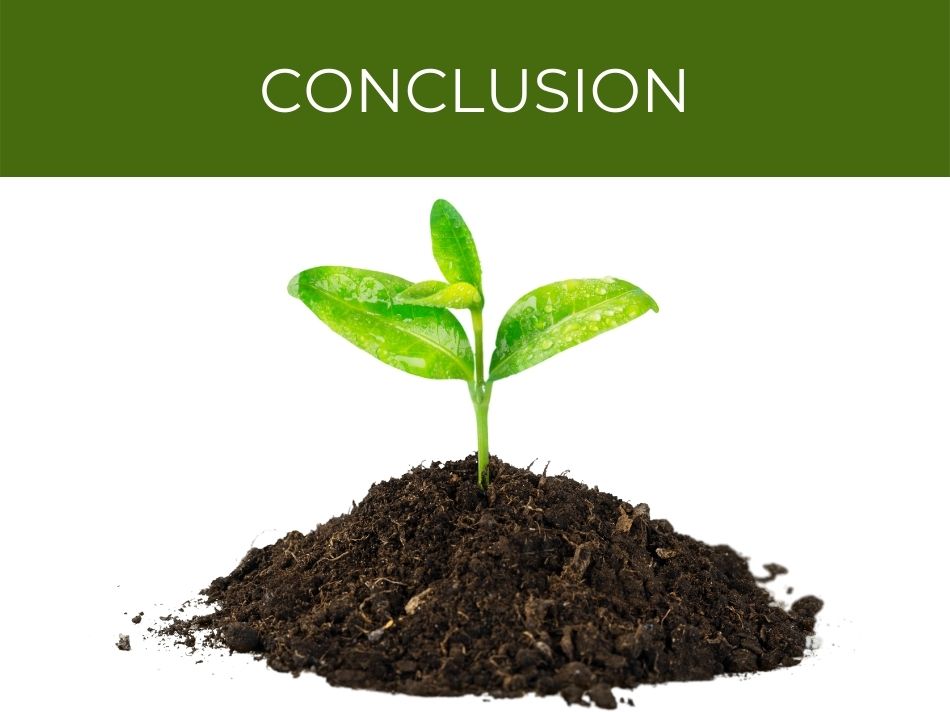
Conclusion
Answering the question, ‘Where in the plant does photosynthesis occur?’ you need to think about plants beyond what you see on the surface.
Creating food is something that happens at a microscopic level in plants.
Chloroplasts are tiny organelles in each cell in a plant and that is where in plant photosynthesis occurs.

